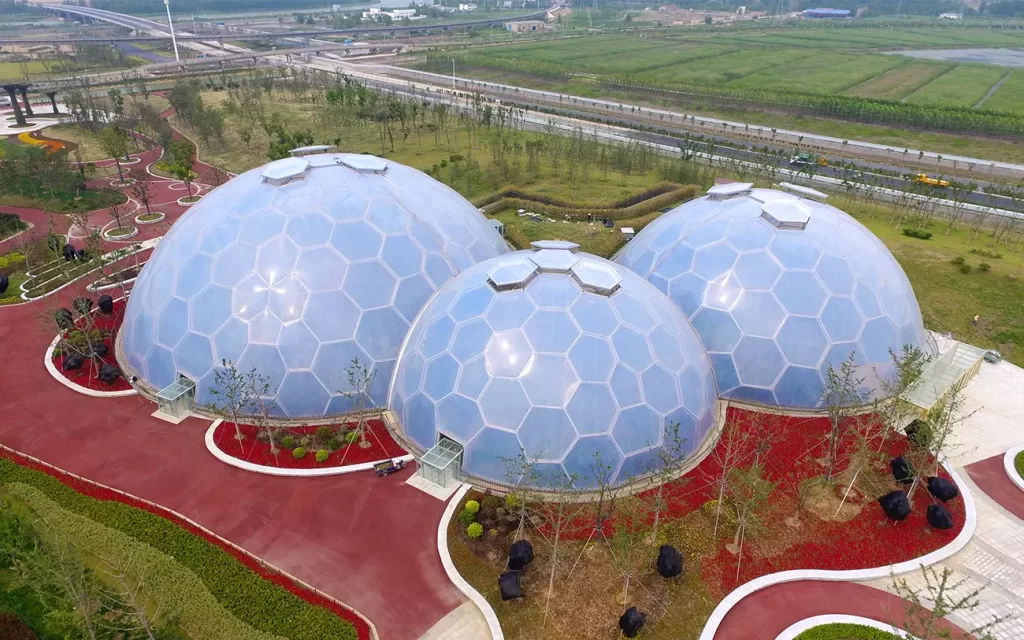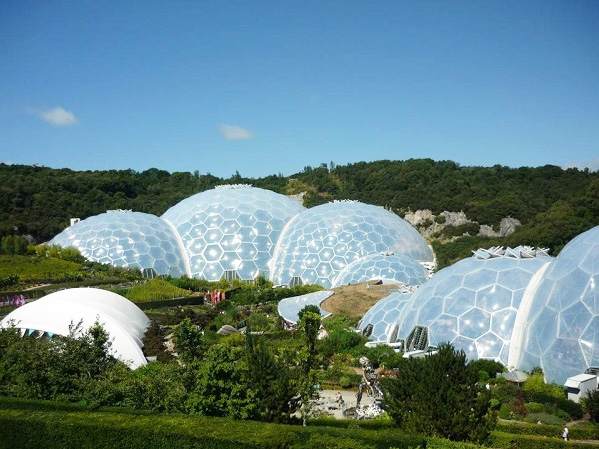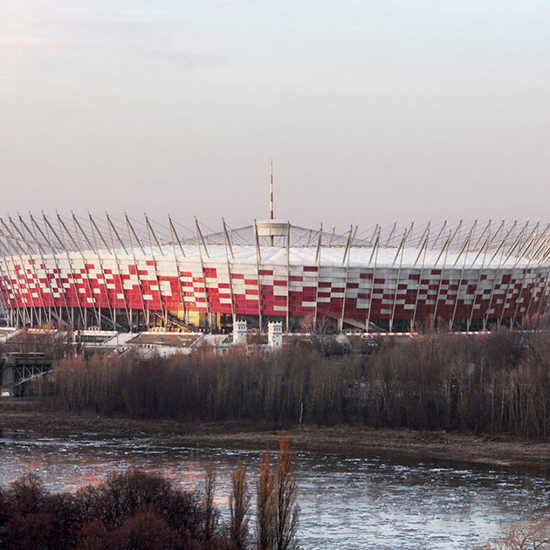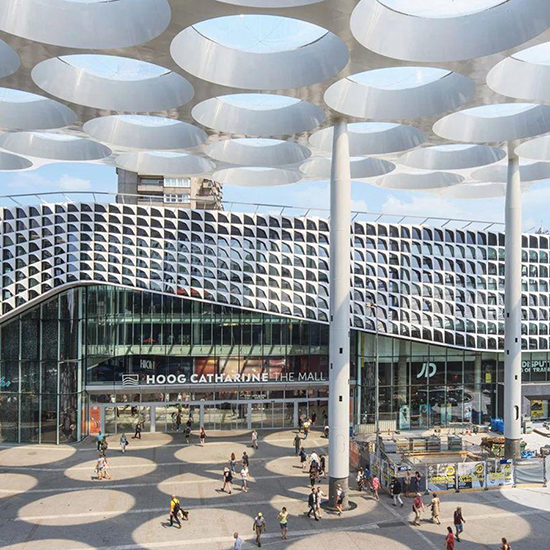ENCN
Home / Advantages of Membrane Structures in Resisting Natural Disasters
Advantages of Membrane Structures in Resisting Natural Disasters
Membrane structures have significant advantages in resisting natural disasters, as the construction industry continues to seek innovative solutions to address the challenges posed by climate change and frequent natural disasters. Among them, membrane structures stand out as an ideal choice for combating natural disasters due to their unique features.

High Strength and Lightweight
Membrane structures use high-strength, lightweight membrane materials as building materials, which exhibit excellent tensile and compressive strength. Compared to traditional concrete structures, membrane structures can better withstand the impacts brought about by natural disasters such as earthquakes and hurricanes. Additionally, membrane structures have a lower dead weight, which helps reduce the risk of structural damage caused by earthquakes and other disasters.
Flexibility and Adaptability
Membrane structures adopt flexible designs that can be flexibly adjusted according to terrain, geological conditions, and climate conditions. This flexibility enables membrane structures to better adapt to changes in natural disasters, such as foundation settlement and landslides. Furthermore, the construction cycle of membrane structures is relatively short, enabling quicker availability and providing temporary shelter for people affected by disasters.

Corrosion Resistance
Membrane structures utilize membrane materials with excellent corrosion resistance, which can maintain long-term service life under harsh environmental conditions. This property makes membrane structures more reliable in resisting natural disasters, capable of withstanding wind, rain, snow, and other natural factors that can corrode the structure. It also reduces the frequency of maintenance and replacement, ensuring the durability of the membrane structure in the face of natural disasters.
Environmental Protection and Sustainable Development
Membrane structures employ materials with renewable and degradable properties, resulting in less environmental impact compared to traditional construction methods. During production, membrane structures produce fewer waste residues, reducing pollution to the environment. Additionally, membrane structures have low energy consumption, contributing to sustainable development goals.
Functionality
Membrane structures demonstrate strong spatial adaptability and can be designed and transformed according to different needs. For example, during the reconstruction process in disaster-stricken areas, membrane structures can be rapidly erected to provide temporary medical facilities, rescue stations, and shelters to meet the basic living needs of people affected by disasters. Moreover, membrane structures can fulfill additional functions such as solar power generation and air purification, contributing to sustainable development in disaster-stricken regions.

In conclusion, membrane structures demonstrate significant advantages in resisting natural disasters. Through high strength and lightweight design, flexibility and adaptability implementation, corrosion resistance enhancement, environmental protection and sustainable development achievement, and functional performance, membrane structures offer a safe, reliable, and environmentally friendly construction solution that helps mitigate the damages caused by natural disasters.
Advantages of Membrane Structures in Resisting Natural Disasters




